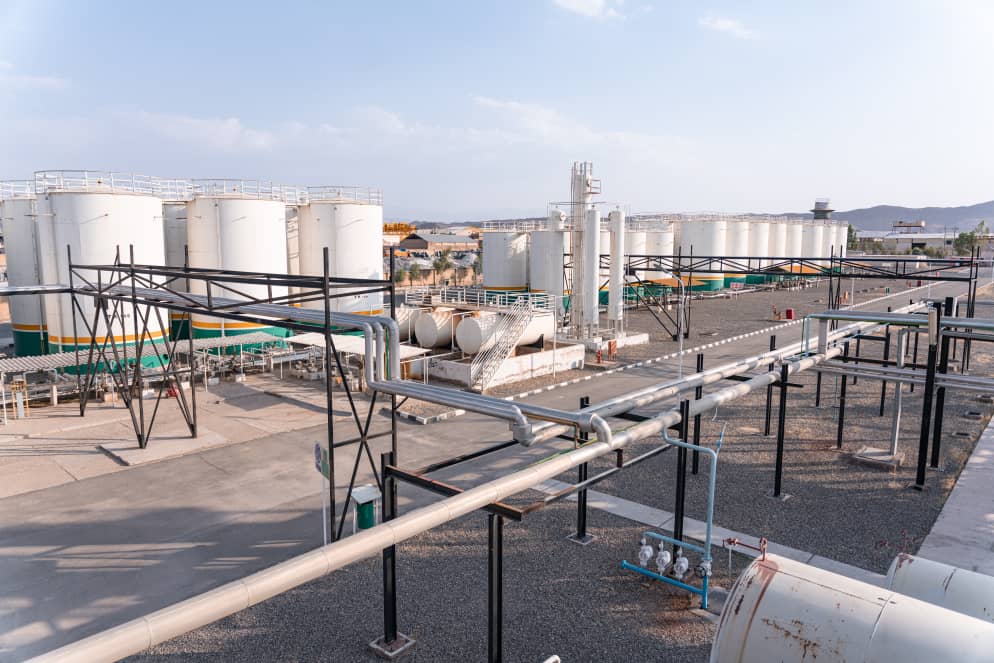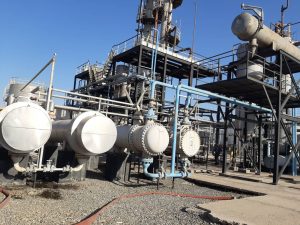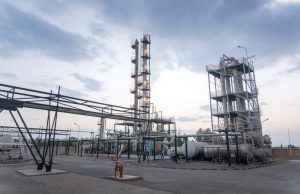The GCC chemicals and petrochemicals industry demonstrated considerable resilience in the face of Covid-19 and oil price fluctuations. With economic diversification a leading concern for GCC economies, this publication details the structure, key stakeholders, and strategic contribution of chemicals and petrochemicals to economic diversification in the region. The report evaluates regional petrochemicals and chemicals production, trade and mega-projects in light of the challenges of 2020-22. Other key topics include M&A deals, environmentally sustainable development and innovation trends. OBG’s analysis not only delves into market specifics within the regional economic context, but also evaluates the outlook for 2022 onwards in light of the global economic recovery, oil price fluctuations and national strategic priorities.
The combined GDP of the six GCC countries – Saudi Arabia, the UAE, Qatar, Kuwait, Oman and Bahrain – totalled around $1.6trn in 2019, according to the World Bank. Saudi Arabia contributed approximately half of this figure, while the UAE accounted for one-quarter. The remainder was divided between Qatar (11.8%), Kuwait (8.3%), Oman (4.7%)and Bahrain (2.4%). The chemicals industry, which includes petrochemicals, has been an important contributor to the region’s economy: in 2018 the segment accounted for 4.9% – or $81.6bn – of the GCC’s GDP, up from 3.1% the previous year.
Saudi Arabia was the top producer by value, responsible for 56.3% of the region’s output ($46bn), followed by Qatar(14.1%) and the UAE (13.3%). This trend has continued, with Saudi Arabia accounting for 74.6% of GCC chemical production in 2020, while Qatar and the UAE were responsible for 10.5% and 8.1%, respectively.
The region’s collective capacity for chemicals production stood at 150m tonnes per year in 2020, with a compound annual growth rate (CAGR) of 5.9% between 2012 and 2020. This expansion was led by the UAE, which had a CAGR of 9.3% over that period, followed by Saudi Arabia (7.5%).
In addition to being a main driver of growth, the petrochemicals industry is a key source of employment. In 2018 it supported nearly 613,000 jobs, accounting for around 2.4% of the GCC’s workforce. In line with its economic contribution, Saudi Arabia was home to 66% of this figure, while the UAE and Qatar accounted for 17.5% and 5.4% of the total, respectively. According to the Gulf Petrochemicals and Chemicals Association (GPCA), the industry an estimated $438m in research and development (R&D) that year, supporting 7100 jobs and $71m in economic activity for the region. GCC countries have been increasingly focused on diversifying their economies away from hydrocarbons since the 2014-16 fall in international oil prices, fuelled by a rise in supply from the US starting in2014-15 and lower demand in 2015-16.
This accompanied an accelerated push worldwide to transition towards more sustainable sources of energy. The petrochemicals segment is an integral part of this shift, embodied in the region’s long-term development strategies. One example of this is Saudi Arabia’s Vision 2030: the roadmap aims to reduce the country’s dependence on oil and diversify its economy; develop public services such as health, education and infrastructure; and create growth in segments such as recreation, ICT and tourism
The total value of mergers and acquisitions (M&A) set a new record in 2021. Global M&A value across pending and completed deals was $3.60trn year to date in August 2021, according to Refinitiv, a global provider of financial markets data – exceeding the full-year total of $3.59trn in 2020. By industry, the high-technology sector accounted for the lion’s share, at $799bn, followed by financial services, with $442bn. Industrials, including chemicals and petrochemicals, was close behind, with $438bn. This pattern was similar to that of previous years, signalling the continued weight of the industrial sector in global investment and consolidation trends. Although the Covid-19 health crisis led to a drop in both the number and value of M&A deals in 2020, the pandemic also indirectly encouraged greater investment activity. By increasing underlying market volatility, Covid-19 substantially altered the economic conditions needed to achieve organic corporate growth. This, in turn, increased receptiveness to M&A and, with it, opportunities for inorganic growth – that is, growth derived from M&A rather than an increase in a given company’s business activity.
MENA attracted $75bn worth of M&A deals in 2021, according to Lebanonheadquartered investment management firm Broadgate Advisers, with Saudi Arabia responsible for $44bn of the total. The Kingdom’s largest deals were related to energy and petrochemicals, including the $12.4bn acquisition of a 49% share in Saudi Aramco’s oil pipeline company by an international consortium led by US investment firm EIG Global Energy Partners. In another important development, Saudi Industrial Investment Group signed a non-binding agreement to purchase the remaining 50% stake in Saudi National Petrochemical Company, which would give it full ownership. The deal would create an $11.2bn company with a simplified ownership structure and an increased focus on growth expenditure.




